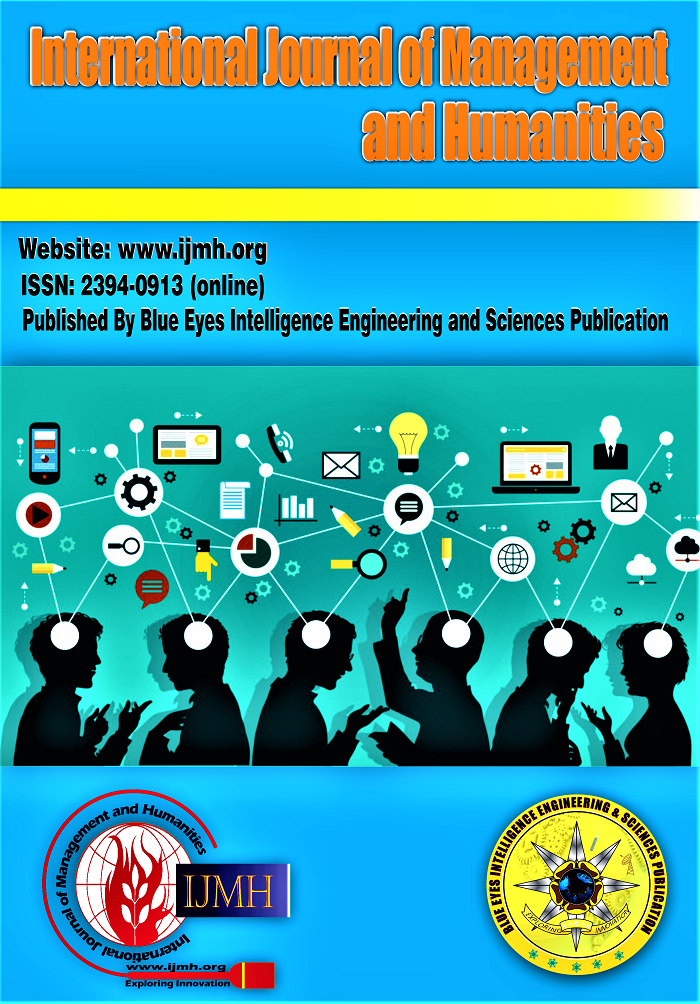Assessing Stress Levels and Influencing Factors for Faculty in Higher Education Institutions: A Case Study in Visakhapatnam of Andhra Pradesh
Main Article Content
Abstract
Stress is common among faculty during their college work. They can often experience high levels of stress because they frequently encounter various challenges at their workplace that can negatively affect their academic performance and general health. However, familiar sources of stress among faculty working in higher education sectors have not been clearly defined. Therefore, this study aimed to determine the familiar sources of stress among them in the region of Visakhapatnam. One of the northeastern coastal districts of Andhra Pradesh belongs to south India. This was a descriptive, cross-sectional study. The convenience sample included 85 faculties working in various higher education colleges in Visakhapatnam. The Faculty Stress Index (FSI) was used to describe the sources of stress from four domains: academic load, financial concerns, personal problems, and interface worries. The majority (60%) of the participants were aged between 31 and 60. The primary source of stress was academic load and interface teaching and research responsibilities (M = 3.74, SD = 1.156), followed by financial worries (M = 3.73, SD = 1.285), lack of appreciation regarding their contributions (M =3.61, SD = 1.319), and personal problems to excel in teaching evaluations (M = 2.75, SD = 1.272). The faculty’s stress resulting from their academic load was higher than the other sources of stress, and it was related to a large number of materials like targeted assignments, extended working hours, or other research-related works required for faculty. It is suggested to create a positive and supportive work environment at the workplace, implement strategies for workload management, and professional development opportunities.
Downloads
Article Details
Section
How to Cite
References
Boyle, E., Humphreys, P., & Cross, D. (2017). Stress reduction in a demanding higher education context: A randomized controlled trial of a mindfulness-based intervention. Mindfulness, 8(6), 1446-1457. DOI:10.1007/s12671-017-0717-6
Ahmad, F., Ismail, S., & Yusof, N. (2018). Stressors and coping strategies among academic staff in Malaysian higher education institutions. International Journal of Academic Research in Business and Social Sciences, 8(6), 269-281
Maslach, C., & Jackson, S. E. (1981). The measurement of experienced burnout. Journal of Organizational Behavior, 2(2), 99-113. https://doi.org/10.1002/job.4030020205
Mehta, R., & Sreedevi, V. (2016). Work stressors and coping mechanisms among faculty members: A study in higher education institutions in Gujarat, India. Management and Labour Studies, 41(2), 97-114.
Purvanova, R. K., & Muros, J. P. (2010). Gender differences in burnout: A meta-analysis. Journal of Vocational Behavior, 77(2), 168-185. https://doi.org/10.1016/j.jvb.2010.04.006
Gu, Q., & Day, C. (2007). Teacher’s resilience: A necessary condition for effectiveness. Teaching and Teacher Education, 23(8), 1302-1316. https://doi.org/10.1016/j.tate.2006.06.006
Maslach, C., & Jackson, S. E. (1981). The measurement of experienced burnout. Journal of Organizational Behavior, 2(2), 99-113. https://doi.org/10.1002/job.4030020205
Skaalvik, E. M., & Skaalvik, S. (2018). Teacher stress and teacher self-efficacy as predictors of engagement, emotional exhaustion, and motivation to leave the teaching profession. Creative Education, 9(10), 1381-1393
Purvanova, R. K., & Muros, J. P. (2010). Gender differences in burnout: A meta-analysis. Journal of Vocational Behavior, 77(2), 168-185. https://doi.org/10.1016/j.jvb.2010.04.006
Faul, F., Erdfelder, E., Buchner, A., & Lang, A.G. (2009). Statistical Power analyses using G* Power 3.1: Tests for correlation and regression analyses. Behavior Research Methods .41(4),1149-1160. https://doi.org/10.3758/BRM.41.4.1149





